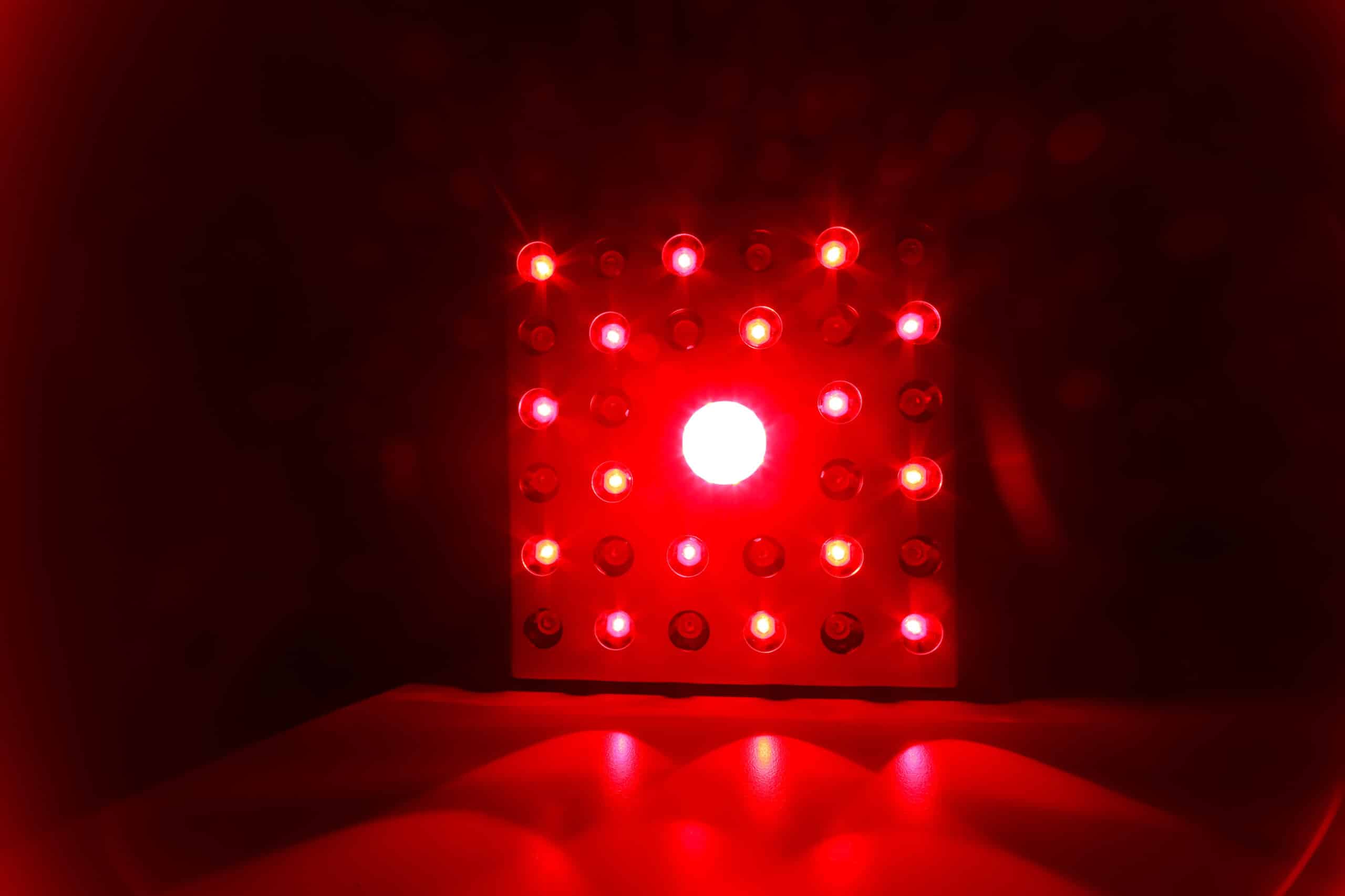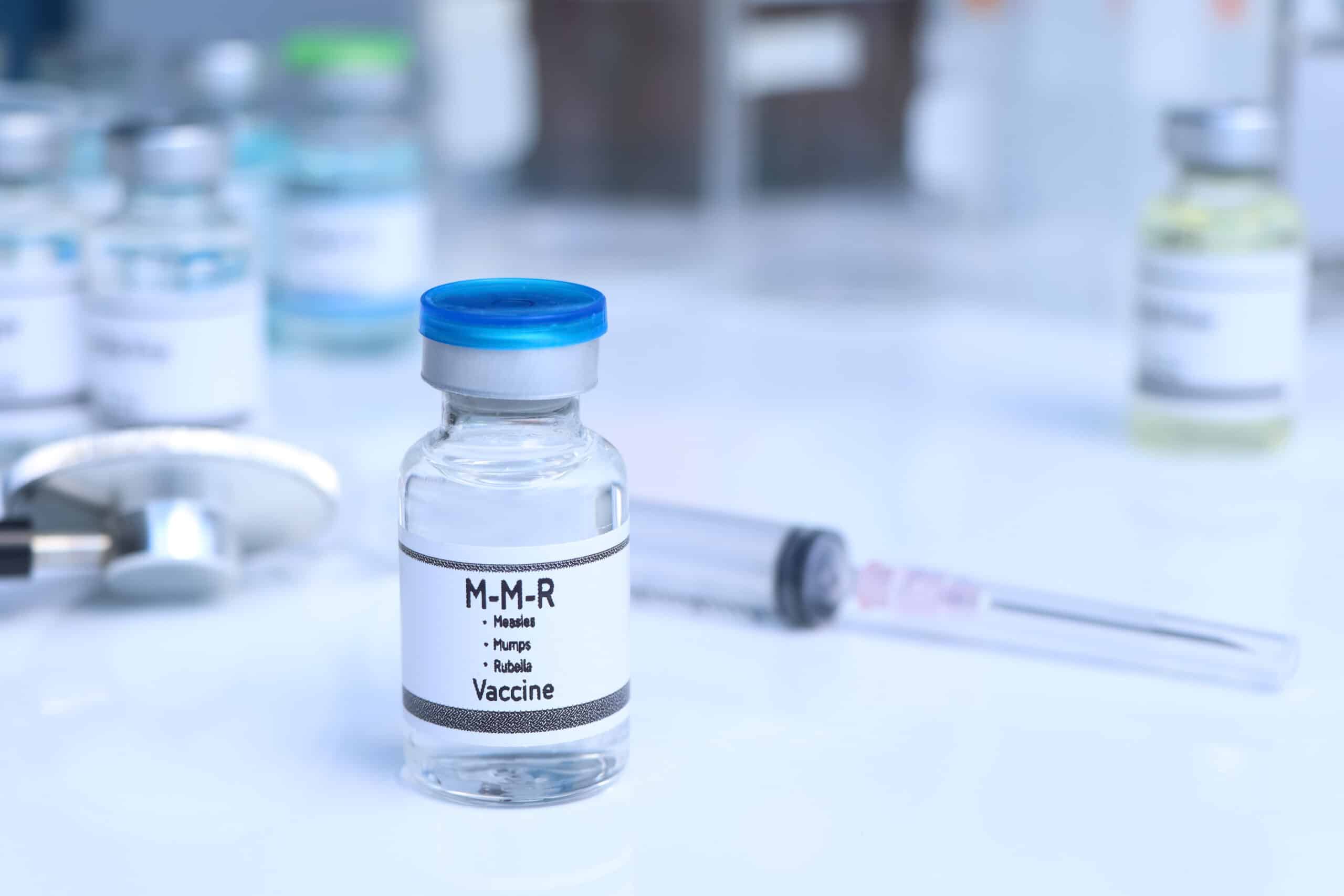March 26, 2020 update
I hope you are staying safe and healthy.
It’s been about two weeks now since awareness of the local threat of the pandemic became heightened in the Bay Area, and about 10 days since Bay Area counties announced the order to shelter in place. Over this period of time, reported cases of the virus have increased, but have not yet become overwhelming. It’s hard to know how many true cases are out there, as testing has still been limited. It is, however, reassuring that the reported numbers of hospitalized patients remain within the capacity of our hospitals to care for them.
Today, I participated in a virtual “Town Hall Meeting” run by the COVID-19 team at Stanford Hospital, and their reports are reassuring. Patient volume in the hospital is actually lower than usual, perhaps as people are not visiting outpatient clinics as much, and elective surgeries have been postponed. They have plans in place in case there is a surge in hospital needs, and they feel capable to care for people if needed.
I have heard similarly from physicians at other local hospitals in Santa Clara County. Although these reports are reassuring, it is still too early to predict how severe COVID-19 will be in our area.
From models of how this virus has spread in other areas, it is suspected that if (or when) we are going to see a surge in severe cases, it would likely be within the next 5-10 days. This estimate is based on the date that our area started social distancing, the time it takes from exposure to the development of symptoms, and the time it takes (in the small percentage of people who develop severe symptoms,) to progress to a case that needs hospital care.
I continue to strongly recommend vigilance with physical distancing and careful hygiene. I do, however, remain hopeful that we may have instituted measures in time to mitigate a local healthcare crisis.
I want to address a few of the questions that people have asked. Please know that while I am reading as many current studies and reports as I can, there are still many unknowns about this virus, and the ways in which it spreads. You may be reading something different from what I write. I am happy to hear from you and try to reconcile any differences.
What should I do if I feel sick?
Please contact us. We can advise you personally as to the best course of action or evaluation. If it is an emergency, please call 911 or go to the nearest emergency room (along with contacting us.)
How is COVID-19 transmitted?
The science in this area is evolving as more information is available and studies are done. The CDC is saying that it’s transmitted mostly by respiratory droplets and close contact with infected individuals. There was a recent report in the New England Journal of Medicine that reported that the virus can stay “aerosolized” for up to 3 hours. This report has created significant concern, as this seems like a long time for a virus to be in the air. Please be aware that this study was done in a laboratory setting where they aerosolized particles using a jet nebulizer. It likely does not represent what happens in the real world when someone coughs or sneezes. Aerosolized particles are tiny, like fog, and this study is more applicable to a hospital setting where aerosols may be produced by medical equipment. This may explain why hospital personal are at significantly greater risk. I don’t think this study should add to our precautions with walking outside, and following recommendations for distancing. For now, I continue to recommend the same precautions as in prior communications. For the scientists among you, this recent German article (which is not yet peer reviewed) is very interesting and shows how our knowledge of this virus is evolving.
How can I make sure that the food I get by shopping or food delivery is safe?
There are a few measures that you can take that may help to prevent exposure. I think this article does a great job in providing recommendations:
Am I having allergies? Or could this be COVID-19?
We are currently at moderate pollen counts in the Bay Area, and I have heard from several patients with allergy symptoms. The most significant symptoms with COVID-19 are fever and cough.
Should we have a supply of hydroxychloroquine or Remdesivir?
The short answer is no. Chloroquine and hydroxychloroquine are currently backordered and not available from pharmacies. There have also been reports of serious side effects with inappropriate use. Remdesivir is a hospital medication that is given by IV in severe cases and is not available otherwise.
What about masks and gloves?
Gloves are only helpful in specific scenarios. They are helpful if you are wearing them, and you touch something contaminated, and then you don’t touch your face or anything else that you’re going to touch later, and then you take them off properly when you’re done and dispose of them. So, they’re mostly useful in a hospital setting. Washing hands after an activity also works. Masks are mostly needed in hospital settings. We have been asked if there is a way to sterilize masks after use. I am not aware of a useful method to do this. One possibility is to leave the mask untouched for a period of a day or two. The virus is not felt to live very long on fabric surfaces. There is not enough data in this area to give a firm recommendation. It is felt that physical separation (social distancing) is likely to be far more important than masks or gloves.
When is this going to end?
This may be the hardest question of all!
It’s impossible to say. As I said at the beginning of this communication, I’m hopeful that in our area, we started distancing early enough to limit the impact. I suspect that we will know a lot more in another week or two. It’s not clear if this will be something that comes and passes within a couple of months, or if we may get secondary waves that last longer. I am, however, reassured by what we are seeing in the biotech industry. Companies are mobilized and are working in a coordinated effort to produce treatments and a vaccine. While it’s not clear that this will result in a shorter timeline than usual, I do think that it’s very possible.
We hope that everyone is remaining safe and healthy at home. Please don’t hesitate to reach out to us for any questions or concerns.
Warmest regards,
Dr. Ian Kroes & Dr. Patricia Santana
Covid-19 Bay Area update #6 by Peninsula Doctor Physicians



